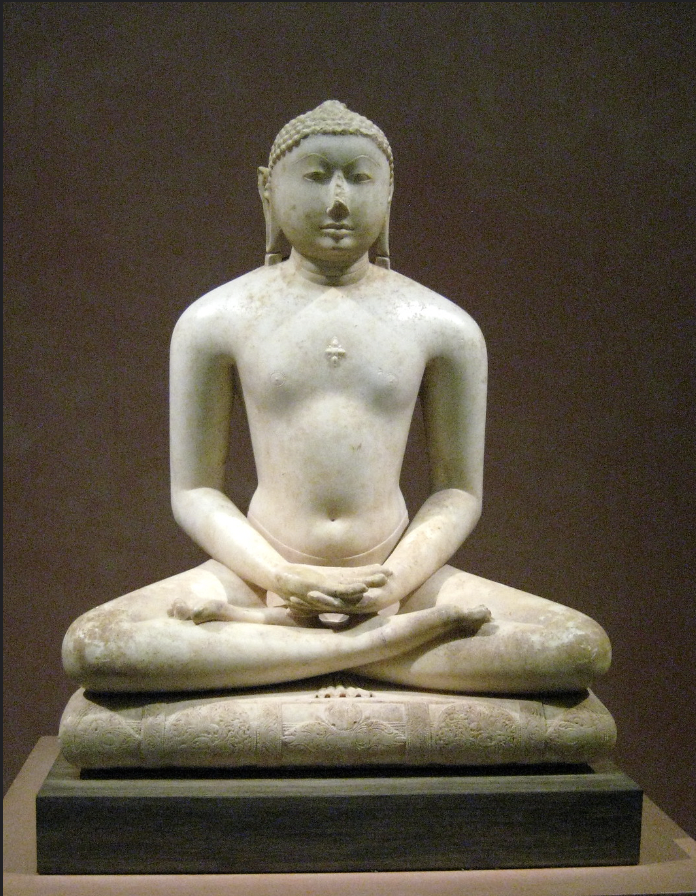
Join us on WhatsApp
We are adding new Notes, Chapterwise MCQs, Quizzes, Previous Years Questions everyday
Home » UPSC Study Materials » CivilsCracker Explains » Ancient History Detailed Notes » Marriages in Vedic Period | Ancient history notes
Read about the Different types of marriages in Vedic Period.
The Vedic period is the period in the history of India when the Vedas were composed. This period started with the arrival of Aryans to north-western parts of India.
The timeline Vedic Period is considered from 1500 BC to 600 BC which is divided into two parts :
Early Vedic Period or Rig Vedic Period → 1500 B.C -1000 B.C
Later Vedic Period → 1000B.C – 600 B.C
The Vedas composed during this time are the main source of information about this period.
The Ashrama System became well established during this period.
As per the Ashrama system, the whole life of 100 years was divided into 4 Ashrams.
They were :
Brahamcharya Ashram → Student life → Upto 25 years of age
Grihastha Ashram → Family life while discharging the worldly duties such as Marriage, Giving birth to children and raising them → From 25 to 50 years of Age
Vanaprastha Ashram → Partial retirement worldly affairs → From 50 to 75 years of Age
Sanyas Ashram → Complete retirement from the world → From 75 to 100 years of Age.
Marriage was the most important event of Grihastha Ashram. Different types of marriages performed in Vedic period are discussed below:
Type of marriage based on marriage type:
| Type of marriage | Description |
|---|---|
| Brahma Vivah | Marriage of a girl with the boy of same Varna while observing all the Vedic rites and rituals along with dowry |
| Daiva Vivah | Father donated his daughter to a priest as a part of Dakshina |
| Arsha Vivah | Giving the girl to a man after accepting the bride price |
| Prajapatya Vivah | Marriage without dowry |
| Gandharva Vivah | Love marriage |
| Asura Vivah | Marriage by Purchase of bride |
| Paisach Vivah | Marriage to a girl after seducing or raping her |
| Rakshasha Vivah | Marriage by abduction of girl |
The marriage of a man of higher Varna with a girl from lower Varna was called “Anuloma Vivah”. It was allowed by the sacred texts.
The marriage of a girl of higher Varna with a man of a lower Varna was called “Pratiloma Vivah”. It was NOT allowed in the texts.
The institution of Gotra first appeared in the Vedic period to signify the descent from a common ancestor.
Gotras were named after legendary sages like Kashyapa, Bharadvaja, Shandilya, Gautama, Bhrigu, Bhargav, Vashista, Vishvamitra etc.
Marriage was prohibited between persons belonging to the same Gotra.
We this, we conclude this topic here.
You can read more about the Vedic Period here :
Vedic Literature : Read Now
Rig Vedic Period : Read Now
Later Vedic Period : Read Now
You can read complete Ancient History notes here.
You can solve Ancient History Chapter-wise MCQs here.

Read in detail about decline of Jainism.

Read in detail about Tirthankaras in Jainism.

Read about the different causes for the rise of Jainism and Buddhism in India.

Read about Vedānta(Also known as Uttara Mimamsa) and it’s six sub schools.
We are adding new Notes, Chapterwise MCQs, Quizzes, Previous Years Questions everyday
We are adding new Notes, Chapterwise MCQs, Quizzes, Previous Years Questions everyday